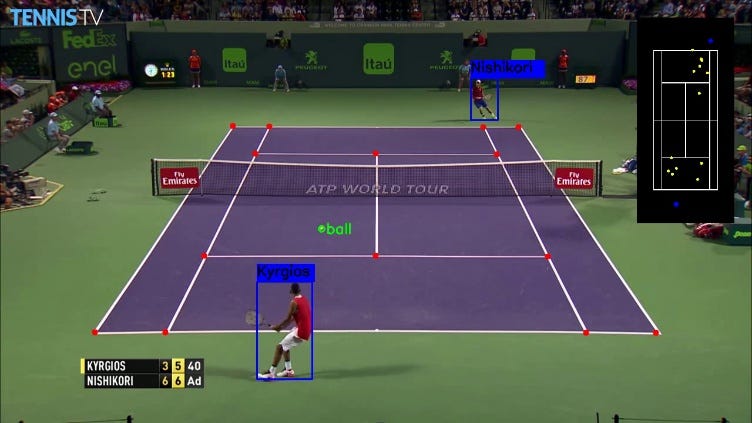The Impact of Technology on Tennis: Revolutionizing Performance and Analysis
The Role of Technology in Tennis
Technology has revolutionized every aspect of our lives, and the world of sports is no exception. In tennis, innovative technologies have been introduced to improve performance and enhance game analysis. These advancements have not only made the sport more exciting but also helped players and coaches gain valuable insights into their game. Let’s explore some of the key innovations that have transformed the world of tennis.
1. Hawk-Eye Technology
One of the most significant technological advancements in tennis is the introduction of Hawk-Eye technology. Hawk-Eye is an electronic line-calling system that uses multiple cameras to track the trajectory of the ball. It helps in making accurate line calls, eliminating the need for human line judges. This technology has not only reduced controversies but also added a new level of fairness to the game.
Hawk-Eye technology is not limited to line calls alone. It is also used for player challenges. Players can challenge the umpire’s decision by requesting a Hawk-Eye review. This adds an element of suspense and excitement to the game, as spectators eagerly wait for the outcome of a challenge.
2. Player Performance Tracking
Another area where technology has had a significant impact is player performance tracking. Advanced sensors and wearable devices are now used to monitor various aspects of a player’s performance, such as speed, movement, and heart rate.
These sensors provide real-time data, allowing players and coaches to analyze their performance and make informed decisions. For example, a player can track their movement patterns during a match and identify areas where they need to improve. Coaches can use this data to develop personalized training programs and strategies for their players.
3. Virtual Reality Training
Virtual reality (VR) technology has also made its way into the world of tennis. VR training allows players to practice in a virtual environment that simulates real match scenarios. This technology provides a realistic experience and helps players improve their decision-making skills and reaction time.
VR training is particularly useful for players who are recovering from injuries or those who don’t have access to tennis courts all year round. It allows them to continue their training and stay in shape, even when they can’t physically be on the court.
4. Data Analysis and Statistics
The availability of vast amounts of data has revolutionized the way tennis is analyzed and understood. With advanced data analysis tools, coaches and analysts can now delve deep into player statistics and game patterns.
By analyzing data such as serve speed, shot placement, and rally length, coaches can identify areas of improvement and develop strategies to exploit their opponents’ weaknesses. This data-driven approach has led to more strategic gameplay and has helped players gain a competitive edge.
Conclusion
The use of technology in tennis has brought about significant advancements in performance improvement and game analysis. From the introduction of Hawk-Eye technology for accurate line calls to the use of wearable devices for player performance tracking, these innovations have transformed the sport.
As technology continues to evolve, we can expect further advancements in the field of tennis. These innovations will not only enhance the spectator experience but also help players and coaches optimize their performance and gain a competitive edge.

